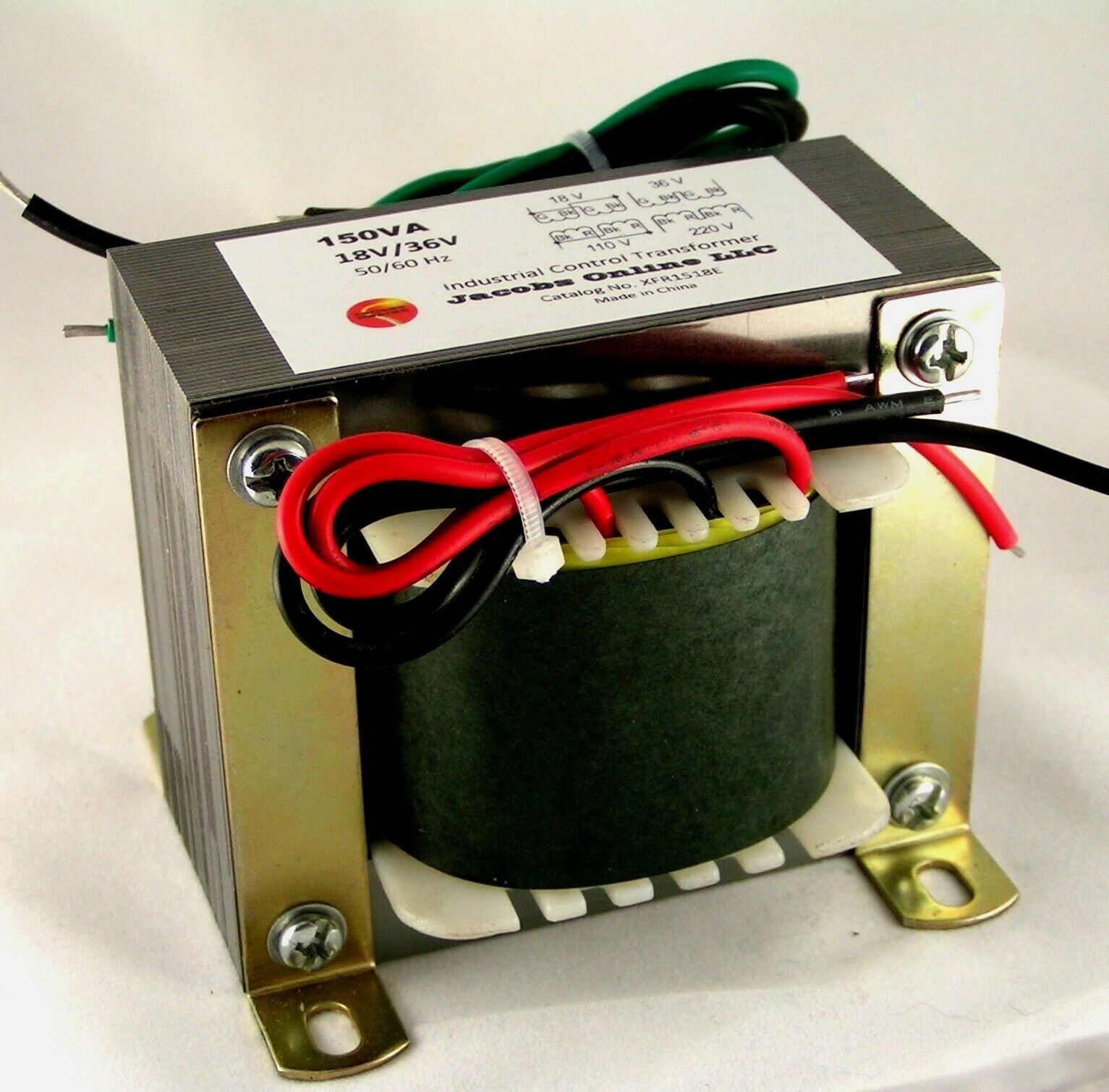Unveiling the Spectrum: A Comprehensive Exploration of Current Transformers
Current transformers (CTs) play a crucial role in the field of electrical engineering, enabling accurate measurement and protection of electrical systems. With their diverse applications and variations, it is essential to understand the different types of current transformers available. In this blog post, we will delve into the world of current transformers, exploring their various types, applications, and benefits.
- Solid-Core Current Transformers:
Solid-core current transformers are the most commonly used type. They consist of a primary winding and a secondary winding wound around a magnetic core. These transformers are known for their high accuracy and wide frequency response, making them suitable for a broad range of applications, including power systems, energy management, and industrial automation. - Split-Core Current Transformers:
Split-core current transformers offer a convenient solution for retrofitting existing electrical systems. Unlike solid-core transformers, split-core transformers can be easily installed without the need to disconnect the primary conductor. This feature makes them ideal for applications where downtime is not feasible, such as in power distribution networks and energy monitoring systems. - Rogowski Coil Current Transformers:
Rogowski coil current transformers utilize a flexible coil wound around the conductor, eliminating the need for a solid core. These transformers offer excellent linearity and wide bandwidth, making them suitable for high-frequency applications. They are commonly used in power quality analysis, harmonic measurements, and renewable energy systems. - Bar-Type Current Transformers:
Bar-type current transformers consist of a bar-shaped primary conductor and a secondary winding. They are often used in high-current applications, such as in large industrial motors, generators, and high-voltage transmission lines. Bar-type transformers provide accurate measurements and can handle high currents without saturation. - Window-Type Current Transformers:
Window-type current transformers are designed to fit around the primary conductor, allowing for easy installation and removal. They are commonly used in applications where the primary conductor cannot be disconnected, such as in busbar systems and large switchgear installations. These transformers offer high accuracy and are suitable for both indoor and outdoor applications.
Conclusion:
Current transformers are essential components in electrical systems, enabling accurate measurement and protection. By understanding the different types of current transformers available, engineers and technicians can select the most suitable option for their specific applications. Whether it is solid-core transformers for general-purpose use, split-core transformers for retrofitting, Rogowski coil transformers for high-frequency analysis, bar-type transformers for high-current applications, or window-type transformers for easy installation, each type offers unique advantages and benefits.

Post Comment